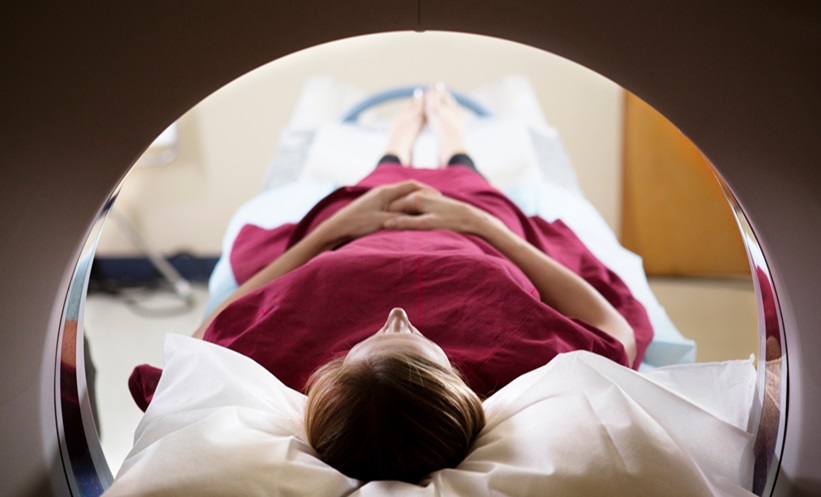A NEW study from the Mayo Clinic, Rochester, Minnesota, USA, has suggested that radiologists can help reduce unnecessary follow-up work in patients with suspected oropharynx cancer by analysing specific PET/CT scan metrics.
The research analysed 327 PET/CT reports, to identify how often asymmetric oropharynx uptake of F-18 FDG radiotracer indicated cancer. The study found that only 5.5% of patients with this incidental finding were diagnosed with oropharynx cancer, a finding that highlights the need for more precise metrics to avoid unnecessary referrals.
Asymmetric uptake of F-18 FDG radiotracer on PET/CT scans is a common incidental finding, often prompting referrals to otolaryngologists to rule out malignancy. However, this nonspecific uptake, often caused by lymphoid tissue in the throat, rarely leads to a cancer diagnosis. To understand the actual risk of cancer, the Mayo Clinic team analysed PET/CT reports from 2001–2018. Out of the 327 cases, 18 patients (5.5%) were diagnosed with oropharynx cancer, with squamous cell carcinoma being the most common type. Patients with higher F-18 FDG uptake, measured through maximum standardised uptake values (SUVmax), were more likely to have cancer.
The study identified key factors that can help predict cancer risk, including SUVmax ratio and difference, and the presence of a corresponding abnormality on CT scans. Additionally, patients with a palpable lesion in the oropharynx were 28 times more likely to be diagnosed with cancer, suggesting the importance of physical examination findings.
The authors concluded that while asymmetric PET uptake is common, it rarely leads to cancer diagnoses and that using SUVmax values and CT findings can help radiologists focus on patients who truly need further evaluation. They also recommended that future research explore optimal SUVmax cutoffs to better assess cancer risk and, ultimately, help reduce unnecessary procedures while improving the efficiency of diagnosing oropharynx cancer.
Katie Wright, EMJ
Reference
Armstrong MF et al. Cancer in patients with incidental asymmetric oropharynx positron emission tomography uptake. JAMA Otolaryngol Head Neck Surg. 2024;DOI:10.1001/jamaoto.2024.2556.








